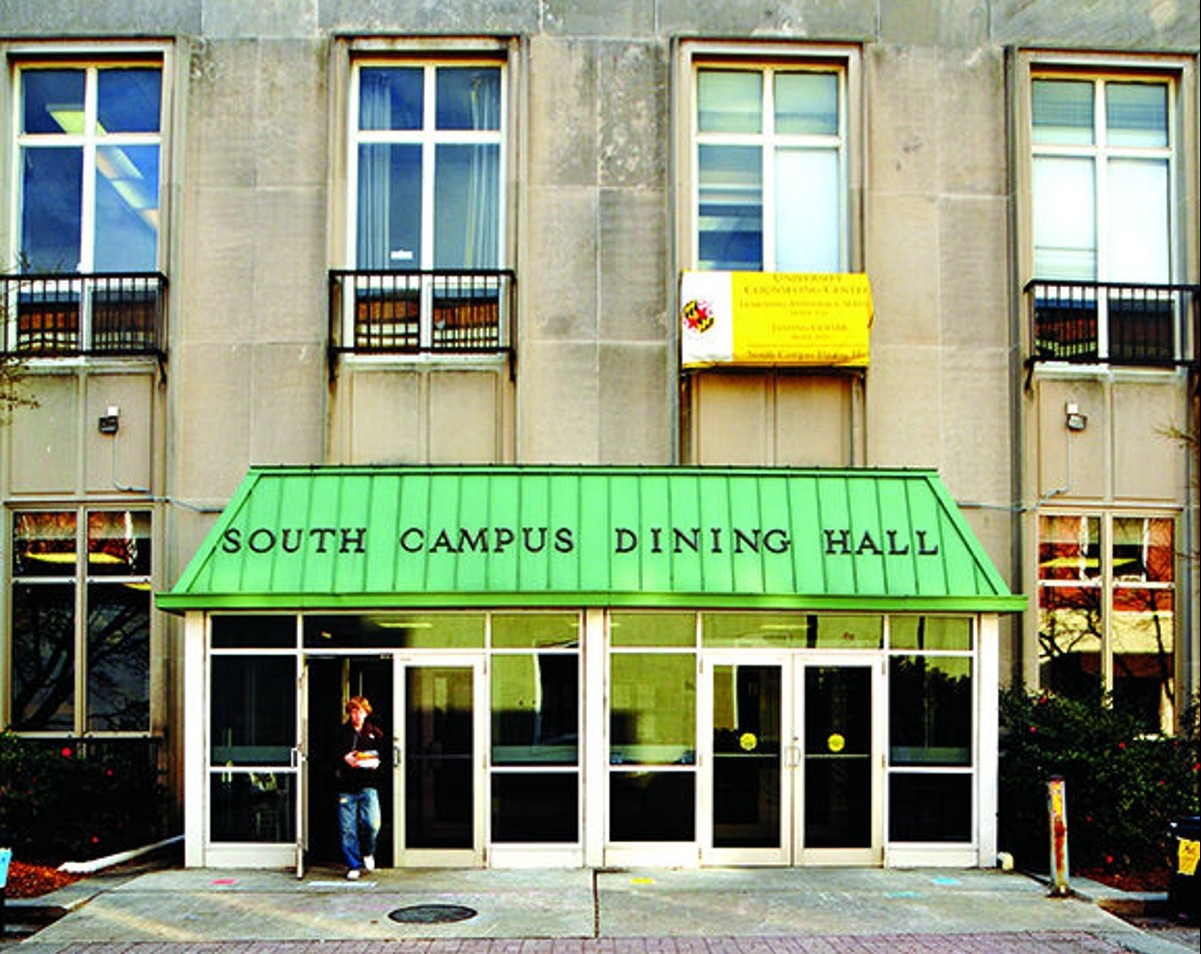The University of Maryland recently released its 2016 Sustainable Food Report, which shows how the switch to Anytime Dining, among other initiatives, helped create a more sustainable campus.
The report shows this university surpassed its goal of attaining 20 percent sustainable and local food purchased by 2020 — it reached 26 percent in 2016.
“There were big changes to the menu with the Anytime Dining plan that helped us to reach that goal,” said Allison Tjaden, Dining Services assistant director of new initiatives. “We increased the variety of options on the menu, highlighting healthier foods and subbing out late night snacks, such as mozzarella sticks, with healthier alternatives.”
Key areas of focus include increasing locally grown – meaning less than 250 miles away from the university – whole grains, seafood, fruits and vegetables in the dining halls, according to the report. In particular, the amount of catfish, which is locally harvested, consumed in the dining halls has increased by 45 percent under the Anytime Dining plan.
Compared to fall 2015, the amount of whole grains consumed in the dining halls doubled in fall 2016. The different dining plan and the purchasing of more sustainable food has also caused the consumption of red meat to decrease by 28 percent, Dining Services spokesman Bart Hipple said.
“We have some real momentum going because people are actually paying attention to eating more sustainably,” Hipple said. “I think the emphasis on fresher and local products has caused us to be more creative in what we serve in the dining halls, which makes the food better and causes students to eat healthier food.”
Whenever possible, dining services insists that food suppliers delivers sustainable products, Hipple said, allowing food — especially food available in the salad bar—to be more seasonable than it used to be. Dining halls no longer have fresh strawberries all year and the apples now vary in size, but these changes will help create a more sustainable environment, Hipple added.
The Anytime Dining plan also removed 6.3 million disposable items, preventing them from being thrown out since students no longer have the option to take food out of the dining halls. This led to a 48 percent increase in compost collection in the dining halls. Across the campus, compost collection has increased by 227 percent since 2010.
“This new dining plan has a dramatic impact not just on dining service, but campus as a whole,” Tjaden said. “It keeps waste associated with food service inside the dining halls, which gives us a better opportunity to collect compost with a staff who is trained in separating items.”
However some students, such as freshman computer science major Benjamin Lu, have complained about not being able to take food out of the dining halls.
“I wish we could take food out of the dining halls because sometimes I am rushing to my morning class and don’t have time to eat there,” Lu said. “But I guess I understand how it is more sustainable to just not allow taking food out.”
The report also included data about Terp Farm, which completed its third season last year with a total of 29,671 pounds in crop yield that are used in selected dining halls and in the Green Tidings food truck. Squash and tomatoes made up the largest percentage of food grown on the farm, which is located 15 miles from the campus.
“With Anytime Dining, we pulled off things I wouldn’t have imagined us being able to ever do,” said Tjaden, who has worked with dining services since 2011. “A few years ago students would come into my office asking if we could do something like get rid of disposables and I told them it would be totally crazy. But now we are able to finally do it, which is amazing.”



